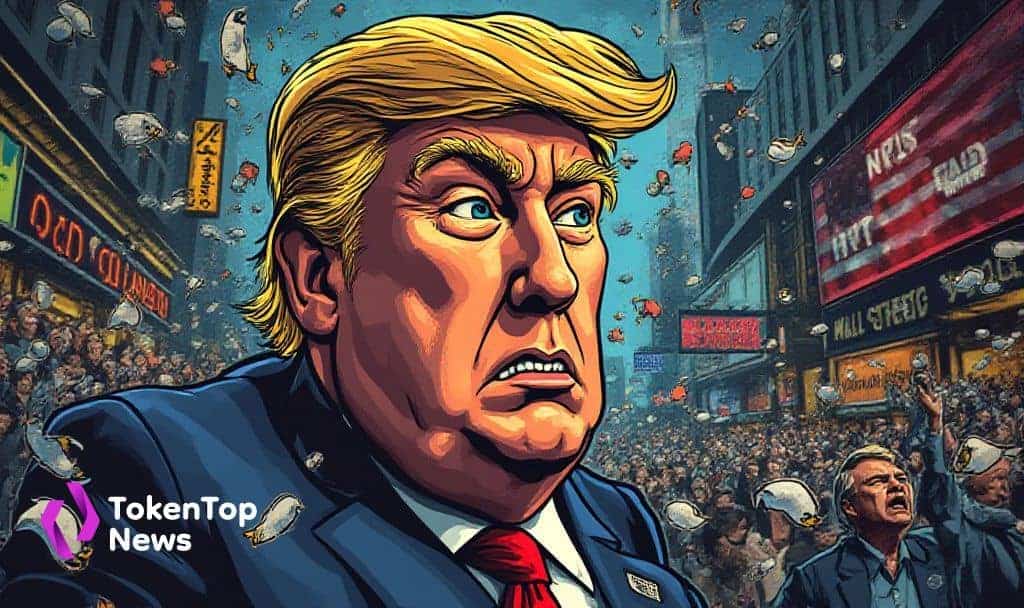Trump Advocates Possible U.S. Government Shutdown Amid Policy Disputes
- Potential U.S. shutdown supported by Trump amid deadlocked talks.
- Shutdown could delay Bitcoin BTC -1.19% ETF approvals, affecting crypto markets.
- Stablecoin demand rises as investors seek short-term security.

Donald Trump has publicly indicated the possibility of a U.S. government shutdown, as discussions with Congress have stalled, signaling potential disruptions in legislative processes and federal operations.
A shutdown could result in halting key cryptocurrency regulations and create market instability, with agencies unable to advance critical policy developments, affecting investor confidence.
The potential shutdown, advocated by Trump, is poised to affect both traditional and cryptocurrency markets, delaying crucial regulatory approvals and sparking investor anxiety.
Political and Market Implications
Key political participants include Trump, Speaker Johnson, and Senate leaders. Trump suggests this shutdown as a necessary step, prompting House session delays and tensions in fiscal negotiations. Financial repercussions are anticipated if funding lapses. In the words of Donald Trump, “We can shut down Oct 1st.”
Immediate responses in the crypto market show volatility, with assets like Bitcoin and Ethereum ETH -1.87% experiencing downturns. Regulatory agencies are in a state of paralysis, delaying advancements such as Bitcoin ETF approvals and influencing investor behavior.
Financial and Market Concerns
The potential shutdown raises financial and market concerns as regulatory delays affect decision-making. Investors are gravitating toward stablecoins as temporary safe cloisters, albeit with caution due to underlying vulnerabilities intensified by macroeconomic volatility.
Past government shutdowns provide a backdrop for assessing current events. The 2018–2019 shutdowns impacted crypto prices, showing inconsistent trends. History suggests Bitcoin’s role as a weak safe-haven during extensive financial uncertainty. Projected outcomes, including policy standstills and delayed regulatory actions, could drive investors towards stable cryptocurrencies. Leveraging historical precedents and current data, the market could face intensified risks influenced by evolving macro and regulatory landscapes.




